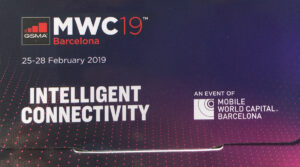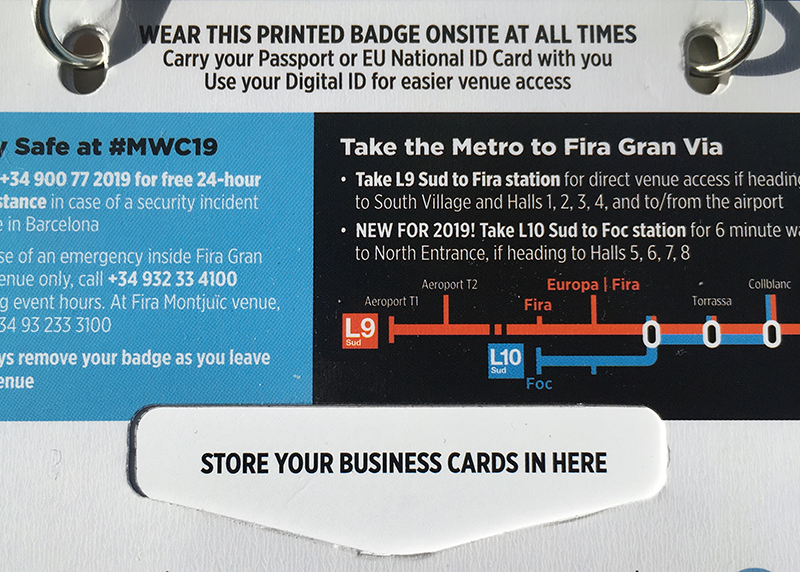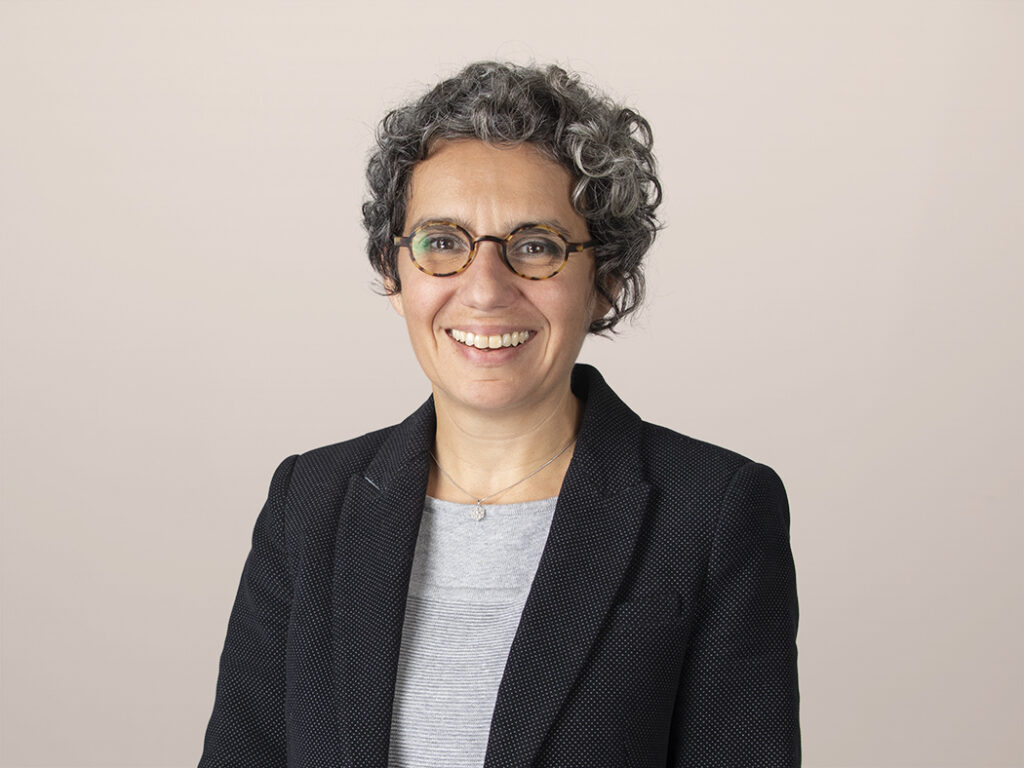Attendee Journey Highs And Lows At MWC19 Barcelona
 I just returned from MWC19 Barcelona, for which I was a judge of the GLOMO Awards. As a Forrester analyst whose research includes service design, I paid extra attention to the attendee journey. I’d like to share the top standout elements in the event’s design, which did a nice job of considering the three phases — before, during, and after — providing well-thought-out elements that helped my experience and easing each step so much that I almost forgot about the more than 100,000 other attendees.
I just returned from MWC19 Barcelona, for which I was a judge of the GLOMO Awards. As a Forrester analyst whose research includes service design, I paid extra attention to the attendee journey. I’d like to share the top standout elements in the event’s design, which did a nice job of considering the three phases — before, during, and after — providing well-thought-out elements that helped my experience and easing each step so much that I almost forgot about the more than 100,000 other attendees.
The organizers excelled at the basics that all well-run events deliver — such as providing clear information to prepare your stay, a steady Wi-Fi network, and a mobile app to ease your orientation and interact with speakers on stage. So I’m going to mention just the elements that stood out to me as exceptionally differentiating and then a few elements that I see as opportunities for improvement for the 2020 event.
All in all, MWC19 was a great experience from an attendee journey perspective. What about the content of the presentations and demos? Lots of cool stuff — I’ll share some of the highlights in my next post.
A Well-Designed Journey
Before MWC19
I received clear instructions and tips to prepare my visit: reminders to bring my ID for security controls — or to register to the facial recognition fast access — and an invitation to collect my badge at the airport to avoid queues.
A four-day pass for public transit came with my badge, letting me jump in a metro immediately and also move freely around town throughout my stay.
I had downloaded the MWC mobile app to organize my visit. With a “Gold” badge, the exhibition felt overwhelming, but being able to filter the program based on my interests was of great help.
During MWC19
I had opted in to the BREEZ service for fast security access using facial recognition. Prior to the visit, I had to submit a copy of my passport online and a recent picture. I felt slight concern at this step, but I wanted to experience the convenience of the service, so my curiosity won over my privacy concerns and I enjoyed the speed of the entrance every day — not having to even stop at the security door but literally walking through it.
I joined one of the curated themed tours on my first day. I enjoyed the guided discovery of selected exhibitors, the succession of their demos, and the interaction with other attendees in a well-paced tour.
Finding my way inside the congress building — or between the MWC19 Fira location and the 4YFN (4 Years From Now) startups location — was easy thanks to clear signage in the exhibit halls and convenient direct shuttles.
After MWC19
The organizer also thought through the after-conference phase. Leaving the congress was as easy as reaching it thanks to numerous MWC agents actively guiding the crowd all the way to the metro stations.
In the MWC app, links to speakers’ slides let me access the materials they presented, making it easy to revisit the most interesting ones.
Improvement Opportunities For 2020
My MWC19 experience was positive overall, and I appreciated the organizer’s efforts, in digital but also nondigital spaces, to ease the visitor’s journey. But I also noticed a few opportunities for improvement that I’d like to share.
MWC19 Mobile App
In three days, I received 12 notifications on the MWC app. Some were particularly useful (such as the one informing me of a metro strike). But two invited me to join and try the BREEZ service . . . which I was already using. That’s a 16% rate of untailored notifications that could be spared.
When looking for a specific booth, I would try to orient myself using the MWC app’s maps. But the maps did not identify all booths with the exhibitors’ logos, and it was difficult to know where I was. An indoor navigation system functioning like a compass would have helped me (and avoided a few thousand steps caused by taking the wrong direction).
Data Privacy Control
The staff at exhibitors’ booths asked to scan my badge — just as security agents do. I did not object at first, but I then realized that, with each scan, I was sharing my data and allowing exhibitors to recontact me after the congress. Only in one instance did the person scanning my badge ask me whether I wished to opt in to receive more information and be contacted after the show — well done, Microsoft, for your respect of privacy! And unfortunately, the system offered no way for me to remove these “implied consents.”
Attendees’ Badge
There was a business card holder on the back of the badge. I tried to use it, but I could barely fit two cards into the pouch on the badge, so I went back to using my pockets instead. It’s a good idea to turn that bulky badge into a useful item for the visitor, but its design needs some improvement.
I was invited to recycle my badge when leaving the congress but could not find the recycling bins. I must have missed them if they were placed in the entrance hall. Adding a few of them right before the metro gates would be useful.
An effective service design approach can help prevent stumbles like these in the journey, as I explained in my recent report, “Service Design Improves CX By Bridging Silos.”
Stay tuned for my next blog post, in which I’ll highlight what I found most relevant at the show in terms of demos and presentation content.
